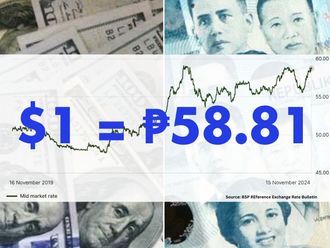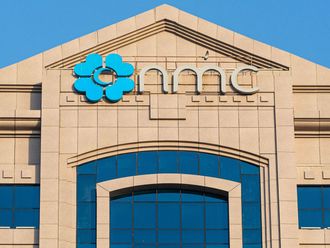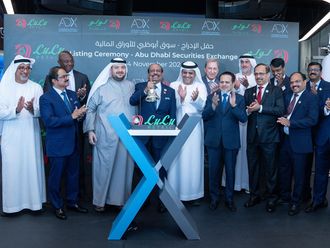China is now the world's second biggest economy and is set to surpass the US by 2016 in real terms and by 2020 in absolute terms. It is already the biggest manufacturing economy and will be the world's biggest exporter in 2012. We are now living in a multi-polar world. But despite the growing economic and financial international role of China, its currency, the yuan, remains largely domestic.
There are increasing calls for the yuan to become an international payment, investment and reserve currency. The move towards yuan internationalisation requires domestic structural reforms and financial market development.
China's 12th five year plan objectives provide for gradual capital account convertibility and removal of internal financial distortions.
This requires interest rate liberalisation and the development of money market instruments and debt capital markets: the "Redback Market".
To achieve these goals requires gradual yuan convertibility, a progressive removal of remaining interest rate controls, development of the non-financial corporate debt market, along with greater exchange rate flexibility.
However, the speed of adjustment and the sequencing of financial sector reforms are also important. External account liberalisation should be preceded by domestic financial sector reforms to avoid volatile, speculative capital flows.
A multi-polar world requires a new financial and monetary infrastructure. The post-Second World War Bretton Woods period has been one where the US dollar was dominant in international monetary and financial transactions.
International role
The advent of the euro in 1999 did not end the hegemony of the US dollar. Indeed Europe's fiscal and sovereign debt problems are threatening the future of the Eurozone and the role of the euro as an international currency.
By contrast, the growth of China as an economic superpower with an increasingly dominant role in international trade and investment has not been matched by an international role for the yuan.
The coming decade will witness the rise of the redback as an international currency increasingly used in international transactions and payments.
The internationalisation of the yuan will require, and should be preceded by, financial sector development and reform in order to remove barriers and distortions.
The internationalisation of the redback also requires the development of deep and liquid redback bond and capital markets prior to achieving a full convertibility of the yuan and removal of exchange and capital controls.
The world needs the yuan to become a global currency in order to deal with global imbalances, to wean the US away from its addiction to debt and external deficits that were allowed it as an exorbitant privilege, and for China to play a stabilising role in the world economy and new financial architecture.
And China needs a globalised Redback in order to efficiently export capital.
Diversification
Why should China's labour work hard to accumulate international reserves (running in excess of $3.4 trillion (Dh12.5 trillion)) to invest them in low yielding (negative in real terms) foreign government securities (mainly US), when the real return on productive investment is double digits in capital poor China and in other emerging markets?
Rationally, China will gradually reduce its exposure to low yielding and increasingly risky assets.
It has started diversifying its portfolio investments — notably into emerging markets — and become a major capital exporter through foreign direct investment — notably into Latin America and Africa — and by supporting the international expansion of Chinese multinationals.
This trend will accelerate in the coming decade. However there is a more efficient way of deploying capital internationally.
China can open its financial markets allowing foreign governments and corporations to list securities in its markets. Shanghai's exchange is technically ready for international listings.
This would allow China to export its savings providing higher returns to its citizens than low rates on deposits and getting the benefits of international diversification.
The process of yuan internationalisation has started with the growing use of the yuan in banknote circulation in Hong Kong and neighbouring countries, the settlement of trade with China and the beginning of an offshore bond market, and the establishment of yuan swap lines between the People's Bank of China and a number of central banks, notably the central bank of the UAE. We should start pricing and settling our trade with China in yuan. The DIFC has the technology and players to emerge as the payments hub for yuan in the Middle East. I expect that the yuan will be part of the IMF's SDR by 2015, confirming the move to a tri-polar global currency system, assuming the euro survives.
Dr Nasser Saidi is the Chief Economist of Dubai International Financial Centre












